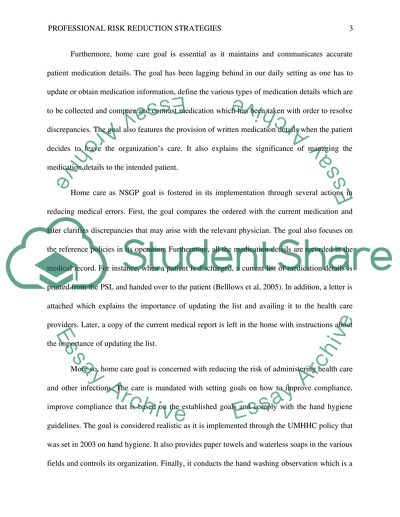Cite this document
(“Professional Nursing Risk Reductin Stategies to Prevent Medical Errors Research Paper”, n.d.)
Retrieved from https://studentshare.org/nursing/1457250-professional-nursing-risk-reductin-stategies-to
Retrieved from https://studentshare.org/nursing/1457250-professional-nursing-risk-reductin-stategies-to
(Professional Nursing Risk Reductin Stategies to Prevent Medical Errors Research Paper)
https://studentshare.org/nursing/1457250-professional-nursing-risk-reductin-stategies-to.
https://studentshare.org/nursing/1457250-professional-nursing-risk-reductin-stategies-to.
“Professional Nursing Risk Reductin Stategies to Prevent Medical Errors Research Paper”, n.d. https://studentshare.org/nursing/1457250-professional-nursing-risk-reductin-stategies-to.


